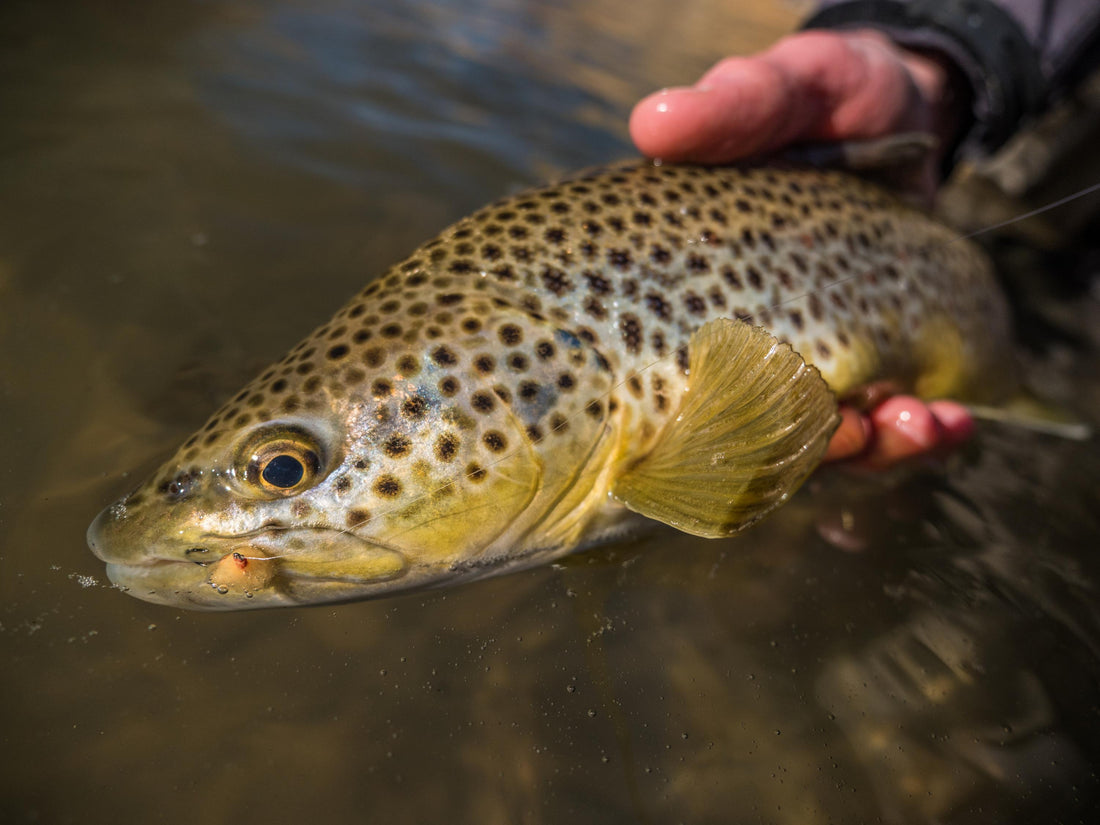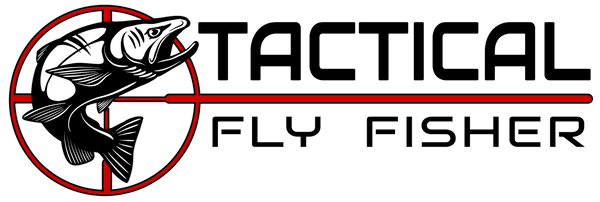
The Tungsten Taco Egg Tying Tutorial
Share
During fall through spring, egg flies are a reliable trout tempting pattern. If you have ever seen underwater video of trout or salmon spawning, you'll notice there are often plenty of eggs which get flushed out of the redd before they are fertilized and the female can bury them. If you think this is a minor occurrence, talk to an Alaskan guide. The truth is, trout are more than willing to recycle a little energy which their relative or local neighborhood bully trout spent valuable resources making. Eggs are incredibly dense in calories and protein because the embryo inside has to live off of the stored energy for weeks or months until after it hatches and transitions to exogenous food. Especially during the cold months when hatches are thin, finding a stray egg or two occasionally can help trout get through lean times. Brown trout eggs stay in the gravel through the winter until they hatch in late winter or early spring. As such, trout occasionally see them drifting by so they can be useful throughout the cold months and not just during the spawn. Eggs also make good attractor patterns and trout seem to eat them even when they haven't see a natural egg in months.
There are plenty of anglers who won't fish eggs and that's fine. Truth be told I used to be one of them. But after getting beat in a few competitions and seeing their effectiveness when fishing with friends, I got over their stigma. Part of the reason they are loathed at times is lots of anglers harass fish on redds with egg patterns. Please avoid this behavior. There are always plenty of fish downstream of redds who aren't in the middle of procreating that are willing to eat eggs. Wild trout are a precious resource and they should be treated as such so if you see trout on a redd, please pass them by. Or better yet, sit down and watch them for a bit with respect for the chance to see a fish you wouldn't see so exposed at other times.
There are innumerable egg patterns available out there. For years my mainstay pattern has been a Mcflyfoam glo bug tied so I could hide the bead behind the yarn. Trout have eaten this fly just fine but there are some inherent drawbacks to it. 1. I lose a lot of fish with a Mcflyfoam egg. I get a lot of hookups that last a few headshakes before the trout comes unbuttoned. I don't know for sure why this happens but my hypothesis is that the trout's teeth get caught in the Mcflyfoam which keeps the hook from penetrating. 2. The Mcflyfoam egg goes through the water like a parachute. It has a lot of volume and interstitial spaces between fibers which drag in the water. Therefore, it sinks slowly and it is hard to pick up out of the water when I make a back cast.
Over time I've kept my eye out for a material or pattern that would solve these issues. A while back, Flybox UK came out with Eggstacy yarn. I thought there might be some promise in the material so I played around with it. I found that it collapsed and didn't hold its shape when the bead was placed in front of the material. However, when I placed the bead behind the yarn, it folded back over the bead when there was any slight drag on it and it formed a nice egg shape. This folding property also made it sink quicker and pull through the water easier when making a back cast. With the second problem dealt with, all that was left to test whether the fish liked it and whether my hookups were more secure. Happily, the fish have responded to it this fall and winter at least as well as other patterns I've tried and my landed to hooked ratio has been as high as with my regular nymphs.
So give it a try. If you're like me, you might soon have a box full of Tungsten Taco Eggs.
Fly Recipe:
Hook: Jig Hook. Dohiku HDJ, Orientsun 5240, Hanak 450 or 400, Fasna F-415
Bead: 2.3 to 3.8 mm Tactical Fly Fisher Slotted Tungsten Bead
Thread: Red 16/0 Veevus
Egg Yarn: Flybox Eggstacy Fl. Cheese or Soldarini Egg Chenille 15mm Bisquit
Glue: Loctite Brush On
Tools:
